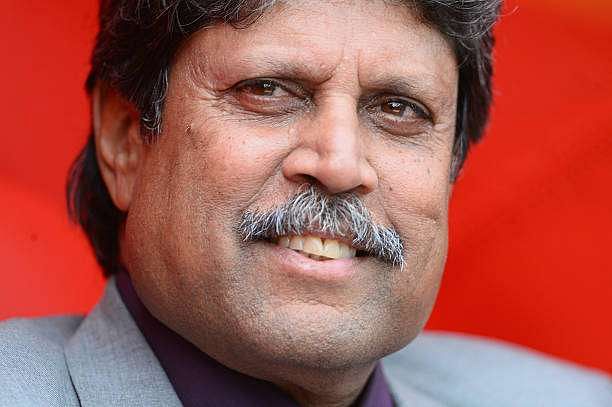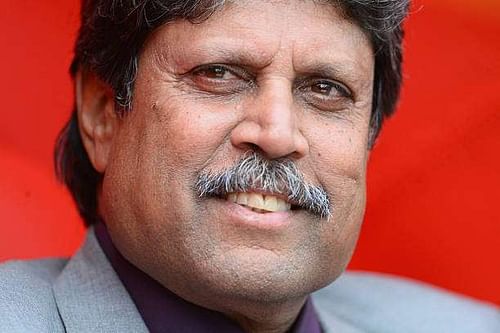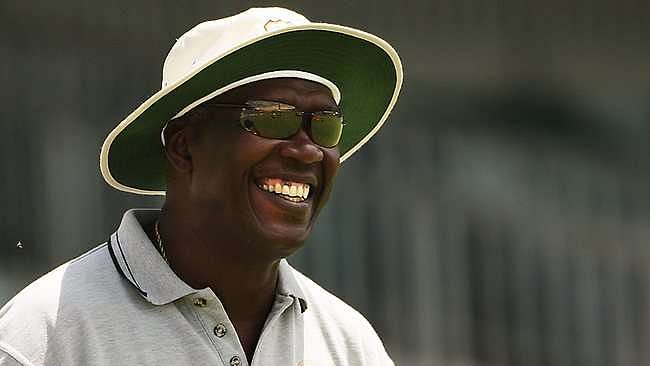
History boys - The giants who never strode the IPL stage
Step aboard the time machine. One that takes us to a time before the IPL. When international cricketers played the long game, peppered with the occasional ODI, running, in the early days at least, to 60-overs per side.
The thought of playing a 20-over game in front of a full house, in the world’s most gilded cricket league would put simply, have been the stuff of a madman’s dream. Ian Botham did his big hitting, not for the Chennai Super Kings, but in the Test arena. When Kapil Dev ran through sides with the ball, it was the same. There were plenty more of their ilk, big powerful hitters, bowlers skilled beyond belief, who could be forgiven for looking at the happenings of the IPL with envy and disbelief.
But, while many might think they’d have had something to offer, who would have been the real heroes of the IPL? Who would have been the ones attracting the mega-money at auction? Who would have been the ones making themselves legends in this greatest of global cricketing arenas?
First up, we can look no further than Garfield Sobers, the greatest all-rounder, no argument, the game has ever seen. While Sobers’ career largely pre-dates the one-day era, his reputation for big-hitting was awesome, as was his skill with the ball. In 93 Tests for the West Indies, he averaged 57.78 with the bat and 34.03 bowling. Playing him in your team effectively delivered 12 men. If the still relatively inexperienced Ben Stokes can go for £1.7m at auction for the IPL, imagine what Sir Garfield, the first batsman ever to hit six sixes in a single first class over, would have done.
As it is, born of a different time, Garfield takes a different look at T20 and its riches. “I think it certainly destroyed West Indies cricket,” he says, noting the plethora of T20 tournaments that prove so attractive to the islands’ young cricketers.
Ian Botham is another who would be on anyone’s T20 team sheet – and another who has largely failed to embrace the game. England’s greatest all-rounder and long-term pundit famously doesn’t commentate on the format, but, the ultimate showman would surely have found its riches and razzmatazz hard to refuse. Like Sobers, well capable of clearing the rope at full-size Test grounds, with a bat like a matchstick compared to today’s modern weapons, he’s the kind of man who could win a game single-handed with bat or ball. An income stream from advertising Shredded Wheat breakfast cereal might not have been quite so necessary.
Powerful batter down the order? Look no further than Vivian Richards, a man whose ability to carve audacious shots out of nothing made him perfect for T20 cricket. In 1984, against England at Old Trafford, Richards swiped 189 not out from just 170 balls, including 21 fours and five sixes. While an entire T20 innings lasts just 120 balls, Richards showed his potential by hitting 86 from his last 58. Viv Richards was box office then and would be box office now.
Of course, Viv was far from alone in that great West Indies team of the seventies and eighties. Gordon Greenidge was an explosive batsman at the top of the order, ready to go from ball one. If Greenidge was raw power, then he was complemented by the sleek Caribbean grace of opening partner Desmond Haynes. By the time he retired in 1994, Haynes was the highest run-scorer in ODIs and also held the record for most number of centuries, having smashed 17. The belief that Chris Gayle is a T20 one-off is misguided. There were others in past West Indian ranks who could have done the same if given the same freedom of expression.
When it came to the ball, would David Warner really have been smashing it to all parts if he’d been facing Joel Garner’s toe-crushing yorkers first up, or the steepling bounce of Curtley Ambrose? IPL’s batsmen are fortunate to have played in an era where truly ferocious fast bowlers have been lacking. If England’s Tymal Mills, a man who turns his arm over less than a derelict windmill, can fetch £1.5m, then what of those guys? Instead, they watch as West Indians far less their talent make their fortunes from the short format game.
Haynes’ record for most ODI runs was eventually smashed by Mohammad Azharuddin. His ability to work the field and hit the boundary brought him in excess of 300 one-day appearances. Momentum is all in T20 and Azharuddin was a master in keeping the score ticking. With a more explosive batsman at the other end, he would be the ideal high-scoring anchor.
No mention of world-beating Indians could fail to mention Kapil Dev. This is, after all, the man who once hit four consecutive sixes against England to avoid the follow on. Sheer single-minded belief in one’s own ability is what separates the good from the greats. Best remembered for his brilliance with bat and ball, Kapil was no slouch in the field too. His backwards running catch at deep square leg to dismiss Viv Richards was a key moment in India defeating overwhelming favourites West Indies in the 1983 World Cup Final.
In a time when global cricket had an embarrassment of riches on the all-rounder front, the sight of Imran Khan striding to the wicket or Richard Hadlee delivering a ‘death’ over would surely have had mouths watering too.
No list of this nature can be exhaustive, so let’s give honourable mentions to David Gower, Derek Randall (for his fielding if nothing else), Martin Crowe (not only a batting legend but T20 pioneer), Javed Miandad, Abdul Qadir, Malcolm Marshall, Dennis Lillee, Ian Chappell, Richie Benaud, Doug Walters, Clive Lloyd, and Mike Proctor. I could go on . . .
The good news for those for whom T20 came too late is that a veterans’ league is here too. The likes of Brian Lara, Virender Sehwag, Jacques Kallis, Graeme Swann, Michael Vaughan and Adam Gilchrist were recently tempted out of retirement by the six franchise Master Champions League (MCL) in the United Arab Emirates.
The bones were creaking, but the good news with short boundaries is you don’t have to run.
Also read: Why England need to embrace the IPL and move forward

